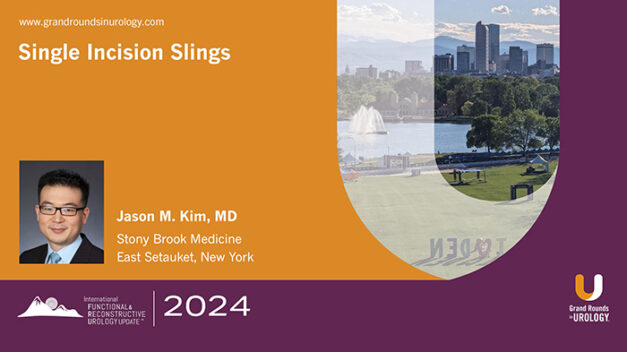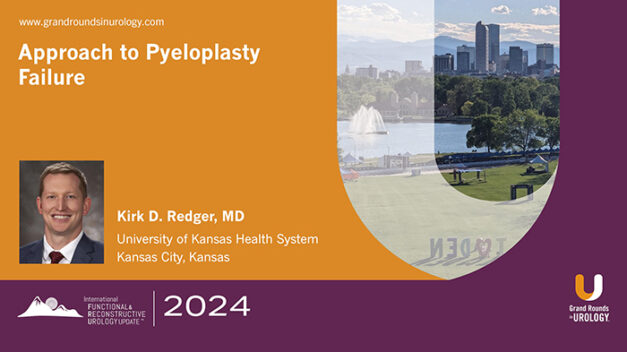Future Directions (FD) in Molecular Targeted Imaging (MTI) and Theranostics Discussion
Robert E. Reiter, MD, MBA, highlights advances in molecular targeting and imaging in prostate cancer, with a focus on PSMA PET imaging. PSMA PET is expanding its role, particularly in identifying primary or secondary tumors when MRI results are negative or ambiguous. This application, under investigation in the Primary Two study, could reduce unnecessary biopsies and improve tumor detection.
In this 7-minute presentation, Dr. Reiter reviews PSMA-guided surgical resection using fluorescence or radioguidance to enhance precision. He asserts that this approach could reduce positive margins, optimize node removal, and support nerve-sparing techniques when appropriate, improving functional outcomes.
Reiter also discusses PSMA PET in oligometastatic disease, specifically the optimal treatment approach when few metastases are present. In addition, PSMA imaging is being explored in focal and radiation therapies, where it could provide a more accurate assessment of recurrence and treatment response; in advanced prostate cancer, PET could help identify resistant lesions for targeted radiotherapy.
Read More




